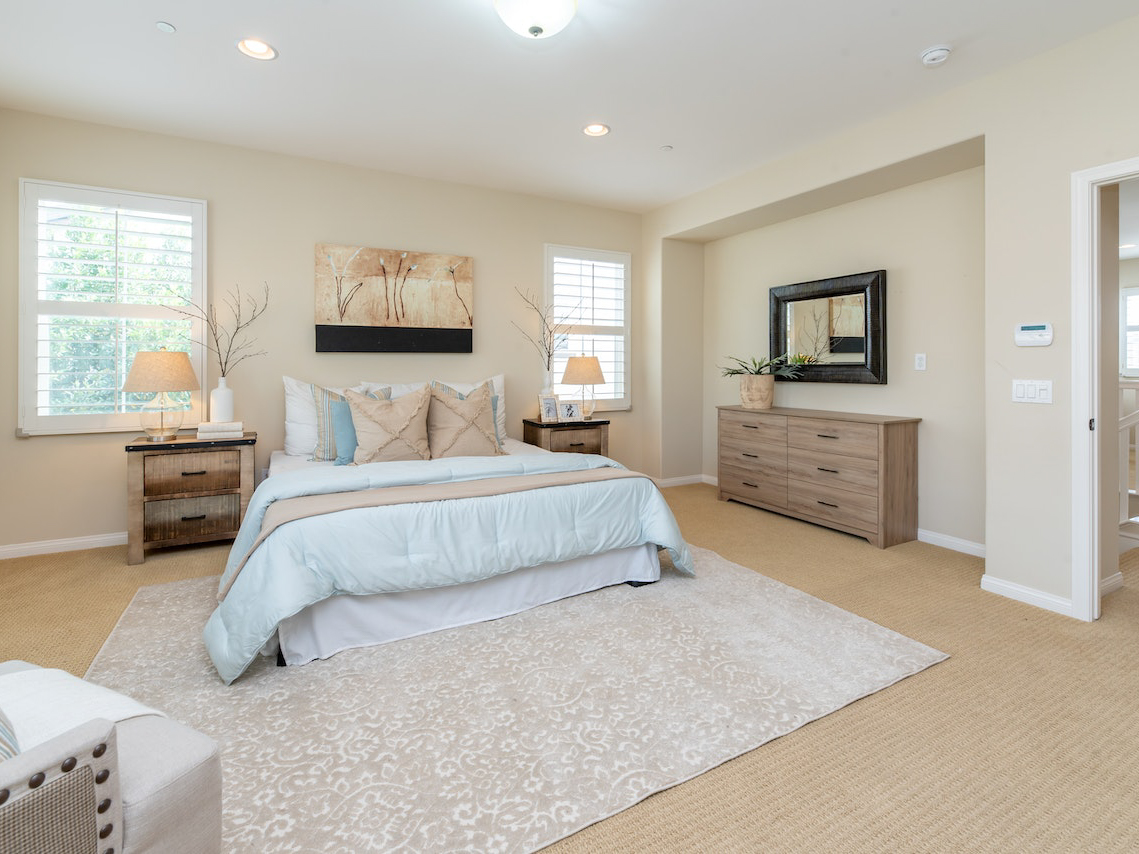False ceiling is a popular interior design technique that involves installing a secondary ceiling below the main ceiling. It is often used to improve the aesthetics and acoustics of a room, as well as to conceal pipes, ducts, and other unsightly elements. In this article, we will explore the various aspects of false ceiling, including its types, materials, benefits, and installation process.
Types of False Ceiling
There are several types of false ceiling, each of which has its own unique features and benefits. Some of the most popular types include gypsum board, metal, wooden, PVC, and fabric.
Gypsum Board Ceiling:
Gypsum board ceiling is made of gypsum plaster, which is a soft material that can be easily shaped and molded. It is a popular choice for false ceiling due to its low cost, easy installation, and fire resistance.
Metal Ceiling:
Metal ceiling is made of aluminum, steel or other metals. It is durable, lightweight and available in various finishes. Metal ceiling is ideal for areas that require a high level of hygiene, such as hospitals, commercial kitchens, and laboratories.
Wooden Ceiling:
Wooden ceiling is made of natural wood or engineered wood. It offers a warm, natural look and is suitable for a variety of interior design styles. Wooden ceiling is ideal for areas with low humidity levels, such as bedrooms and living rooms.
PVC Ceiling:
PVC ceiling is made of polyvinyl chloride, which is a type of plastic. It is lightweight, easy to install, and available in a wide range of colors and designs. PVC ceiling is ideal for areas with high humidity levels, such as bathrooms and kitchens.
Fabric Ceiling:
Fabric ceiling is made of textile materials, such as cotton, silk, or polyester. It is a relatively new type of false ceiling that offers a soft, elegant look. Fabric ceiling is ideal for areas that require sound insulation, such as theaters, conference rooms, and music studios.
Materials Used for False Ceiling
False ceiling can be made of a variety of materials, depending on the type and design of the ceiling. Some of the most commonly used materials include:
Wood:
Wood is a natural material that offers a warm, natural look. It is suitable for a variety of interior design styles and can be stained or painted to match the room’s decor.
Gypsum:
Gypsum is a soft material that can be easily shaped and molded. It is a popular choice for false ceiling due to its low cost, easy installation, and fire resistance.
Metal:
Metal is a durable and lightweight material that can be finished in a variety of colors and textures. It is ideal for areas that require a high level of hygiene, such as hospitals and laboratories.
PVC:
PVC is a type of plastic that is lightweight, easy to install, and available in a wide range of colors and designs. It is ideal for areas with high humidity levels, such as bathrooms and kitchens.
Benefits of False Ceiling
False ceiling offers a variety of benefits, including:
Improved Aesthetics:
False ceiling can enhance the overall look and feel of a room. It can be used to create decorative patterns or to conceal unsightly elements, such as pipes and ducts.
Better Acoustics:
False ceiling can help to improve the acoustics of a room by reducing the echo and noise levels. This is particularly useful in areas such as theaters, music studios, and conference rooms.
Better Lighting:
False ceiling can be used to create a variety of lighting effects, such as cove lighting, recessed lighting, and backlighting. This can enhance the ambiance of a room and create a more welcoming atmosphere.
Concealed Services:
False ceiling can be used to conceal pipes, ducts, and other unsightly elements. This can result in a cleaner and more streamlined look, particularly in commercial and industrial spaces.
Installation Process of False Ceiling
The installation process of false ceiling is relatively simple and involves the following steps:
Step 1:
Measure the dimensions of the room and determine the type and design of the false ceiling.
Step 2:
Prepare the ceiling surface by cleaning it of any debris or dust.
Step 3:
Install the frame for the false ceiling. This typically involves attaching metal or wooden beams to the main ceiling.
Step 4:
Install the panels or tiles for the false ceiling. This typically involves attaching the panels or tiles to the frame with screws or adhesive.
Step 5:
Finish the false ceiling by installing the lighting fixtures, air vents, and other accessories.
False ceiling is a popular interior design technique that offers a variety of benefits, including improved aesthetics, better acoustics, and better lighting. It can be made of a variety of materials, depending on the type and design of the ceiling. The installation process is relatively simple and can be completed in a matter of days, depending on the size of the room.



